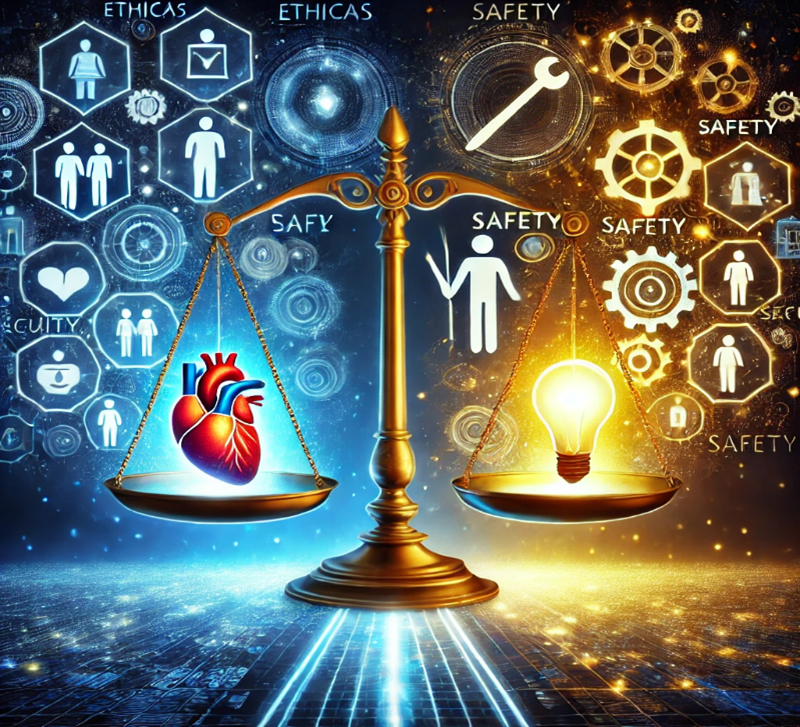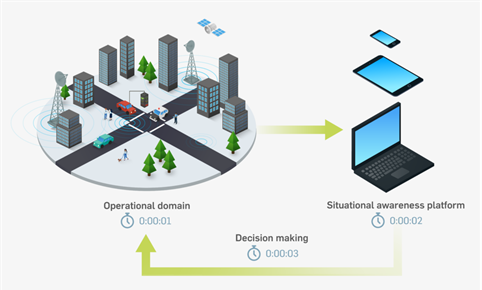How can AI models improve decision-making in unpredictable driving conditions?

How can AI models improve decision-making in unpredictable driving conditions?
by Maximilian 04:36pm Jan 31, 2025

AI models can significantly enhance decision-making in unpredictable driving conditions by leveraging advanced techniques in perception, prediction, and planning. Here’s how they achieve this:
1. Enhancing Perception
AI models improve a vehicle's ability to understand its environment in real time:
Sensor Fusion: Combining data from LiDAR, cameras, radar, and GPS to create a comprehensive view of the surroundings, even in low-visibility conditions (e.g., fog, rain, or night).
Dynamic Object Recognition: Identifying and tracking moving objects such as pedestrians, cyclists, or animals, even in chaotic or unstructured scenarios.
Environmental Context Awareness: Detecting temporary changes like construction zones, fallen objects, or road closures and adjusting accordingly.

2. Robust Prediction of Other Actors
AI can predict the behavior of other road users, even in unpredictable scenarios:
Behavioral Modeling: Learning patterns of pedestrian, cyclist, and driver behavior to anticipate actions, such as sudden stops or lane changes.
Uncertainty Estimation: Quantifying the confidence of predictions to make cautious decisions in ambiguous situations.
Trajectory Forecasting: Predicting future paths of nearby vehicles and people to avoid collisions, even in complex environments like busy intersections.
3. Real-Time Decision-Making and Planning
AI models can make adaptive and optimal decisions in real-time:
Reinforcement Learning: Training models to navigate rare or high-stakes scenarios by simulating millions of edge cases.
Hierarchical Planning: Breaking down decisions into strategic (route planning), tactical (lane selection), and operational (steering and braking) levels for more nuanced control.
Dynamic Path Adjustment: Rerouting or changing speed to respond to sudden obstacles or traffic changes without human intervention.

4. Handling Adverse Weather and Road Conditions
AI can adapt to challenging driving environments:
Self-Supervised Learning: Using vast amounts of unlabeled data to improve understanding of conditions like icy roads, heavy rain, or potholes.
Adaptive Control Systems: Adjusting braking, steering, and acceleration based on road grip and vehicle dynamics.
Simulation Training: Exposing models to synthetic environments with adverse conditions to prepare them for real-world unpredictability.
5. Collaborative Learning and Edge Cases
AI models can improve decision-making by continuously learning:
Fleet Learning: Sharing insights and experiences across a network of vehicles to improve collective decision-making capabilities.
Online Learning: Updating the AI in near real-time based on new data from unpredictable situations.
Rare Event Handling: Using generative AI to create synthetic data for training on edge cases that are rarely encountered in the real world.
6. Ethical and Safe Decision-Making
AI models can ensure ethical responses during emergencies:
Multi-Criteria Optimization: Balancing safety, efficiency, and comfort when making split-second decisions.
Explainable AI: Providing transparency in decision-making to ensure public trust and compliance with ethical guidelines.

Key Takeaways
AI models enhance decision-making in unpredictable driving conditions by:
Combining advanced perception and prediction techniques.
Using robust planning and control mechanisms.
Continuously learning from real-world and simulated data.
These capabilities ensure safer, more reliable, and adaptive performance, even in challenging or unforeseen scenarios.






